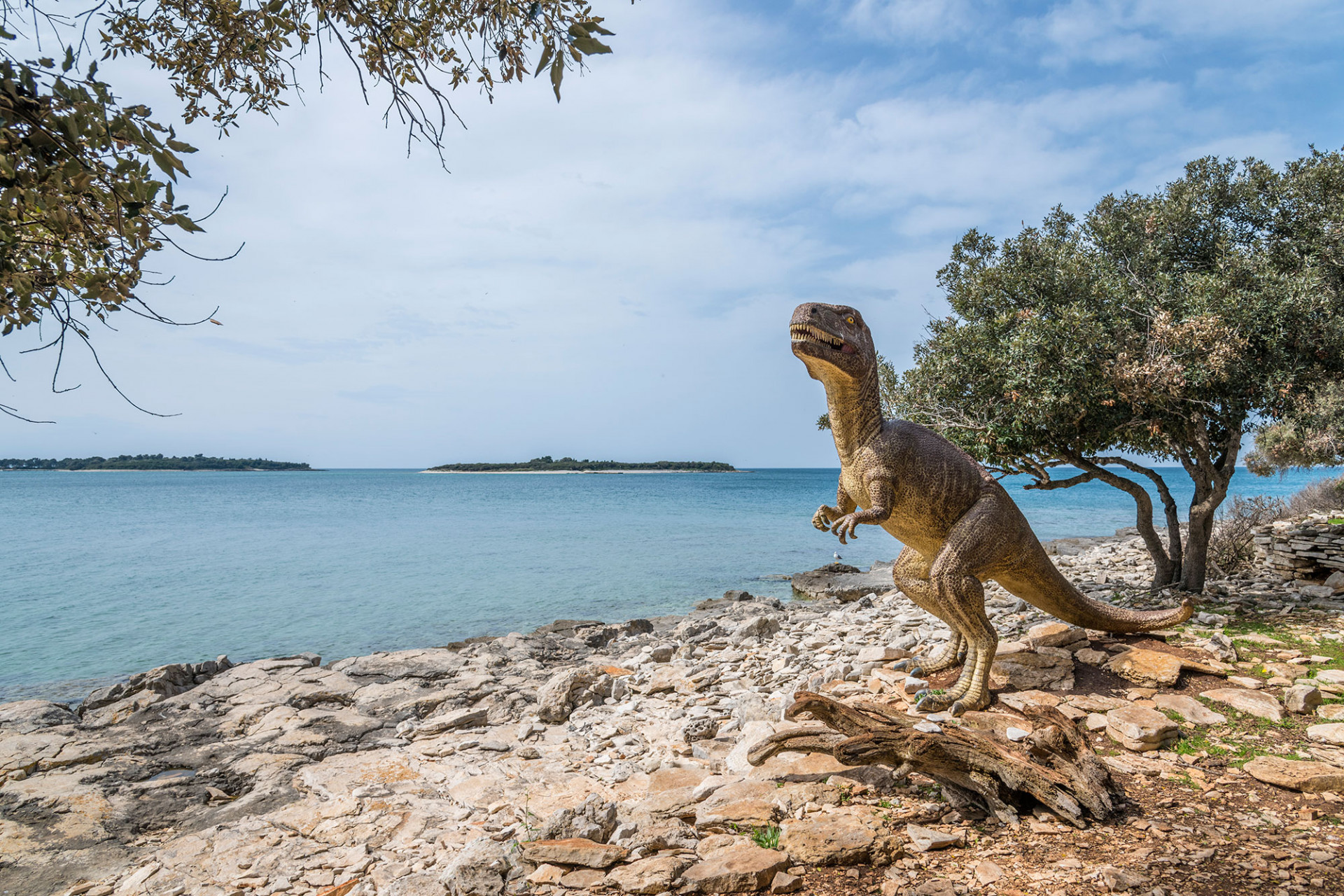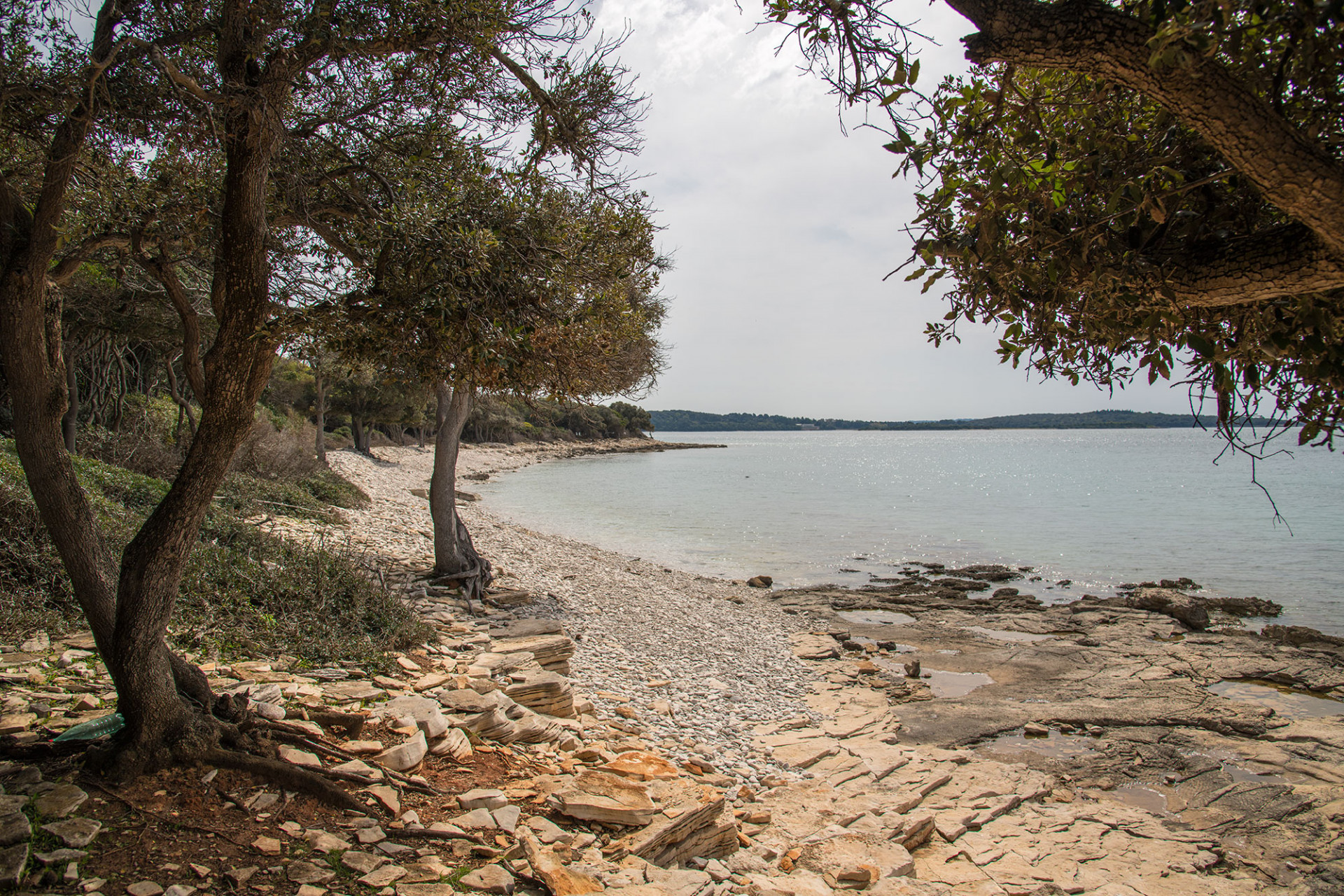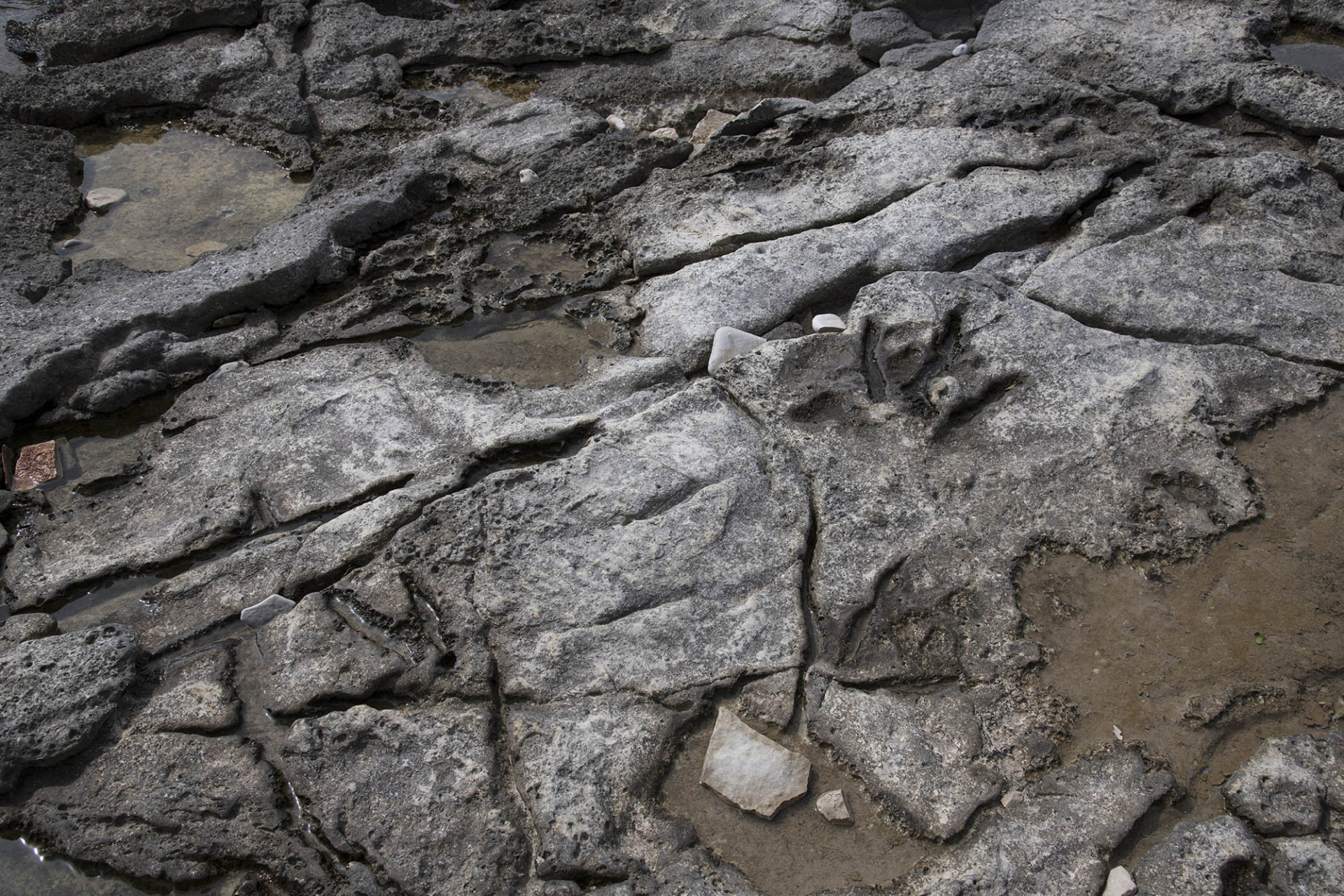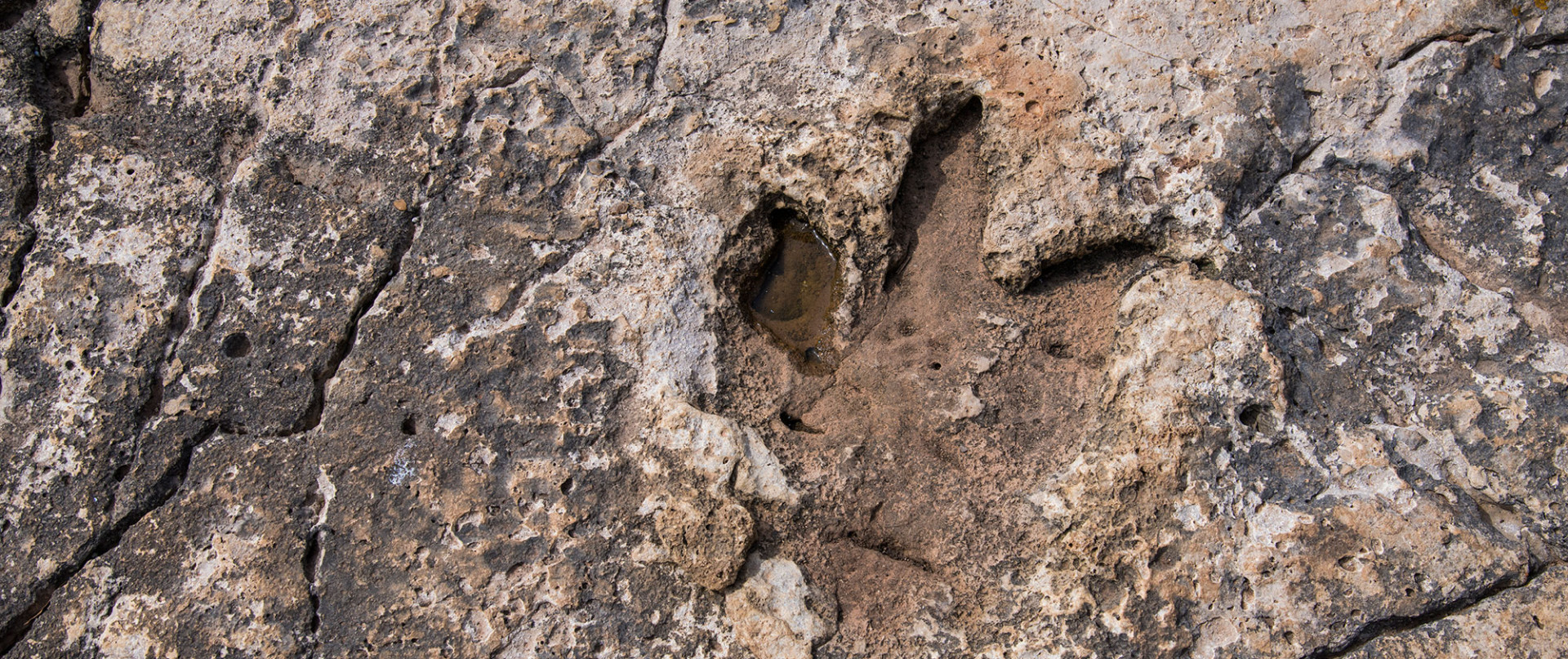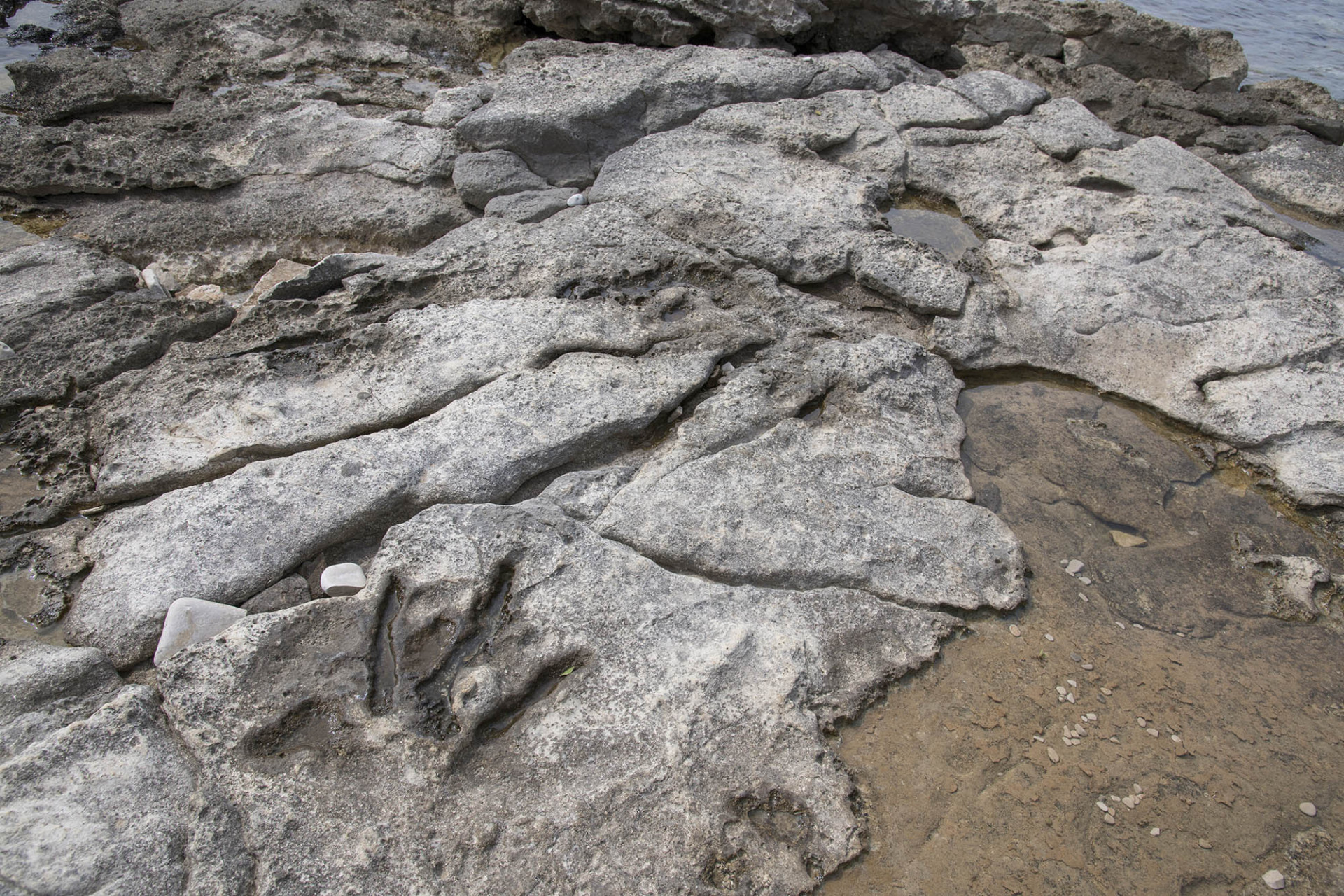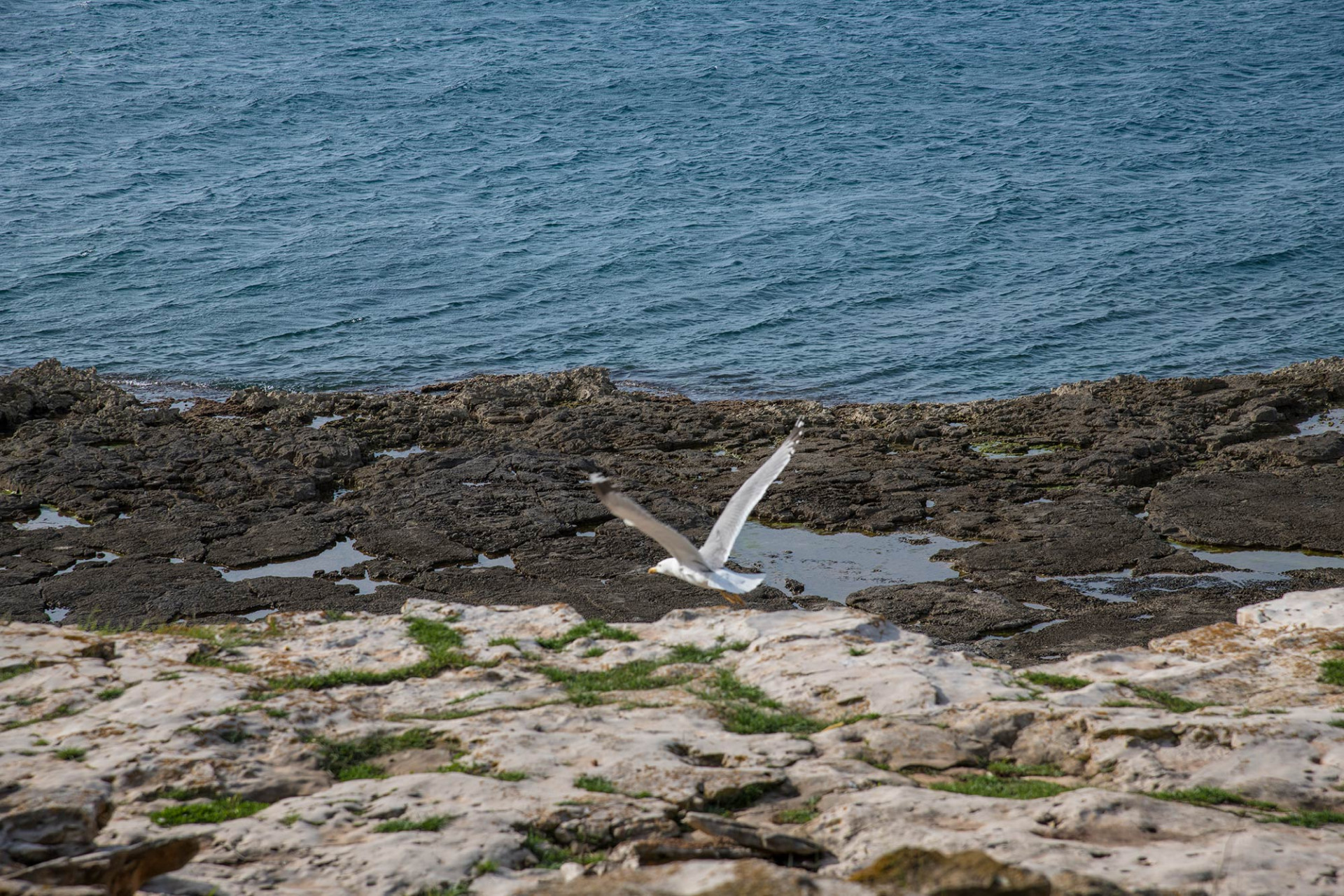When sailing into the port of Veliki Brijun and leaving the boat, it is possible to see the three-toed print in the limestone block, probably left by large theropod carnivore.
Until now, dinosaur tracks have been discovered at four sites of the National Park: Veliki Brijun and the islands Vanga, Galija and Vrsar. Visitors can see tracks on the island of Veliki Brijun, as well as on Cape Ploče and Cape Vrbanj.
Traces of Mesozoic creatures
In order to illustrate the size of these Mesozoic creatures that left their traces here for our visitors, a dinosaur reconstruction has been put up on Cape Vrbanj - a scientific and artistic sculpture of a theropod, a predatory carnivore, that is the result of collaboration of numerous experts from various fields.
 Parks of Croatia
Parks of Croatia
 EU projects
EU projects English
English
